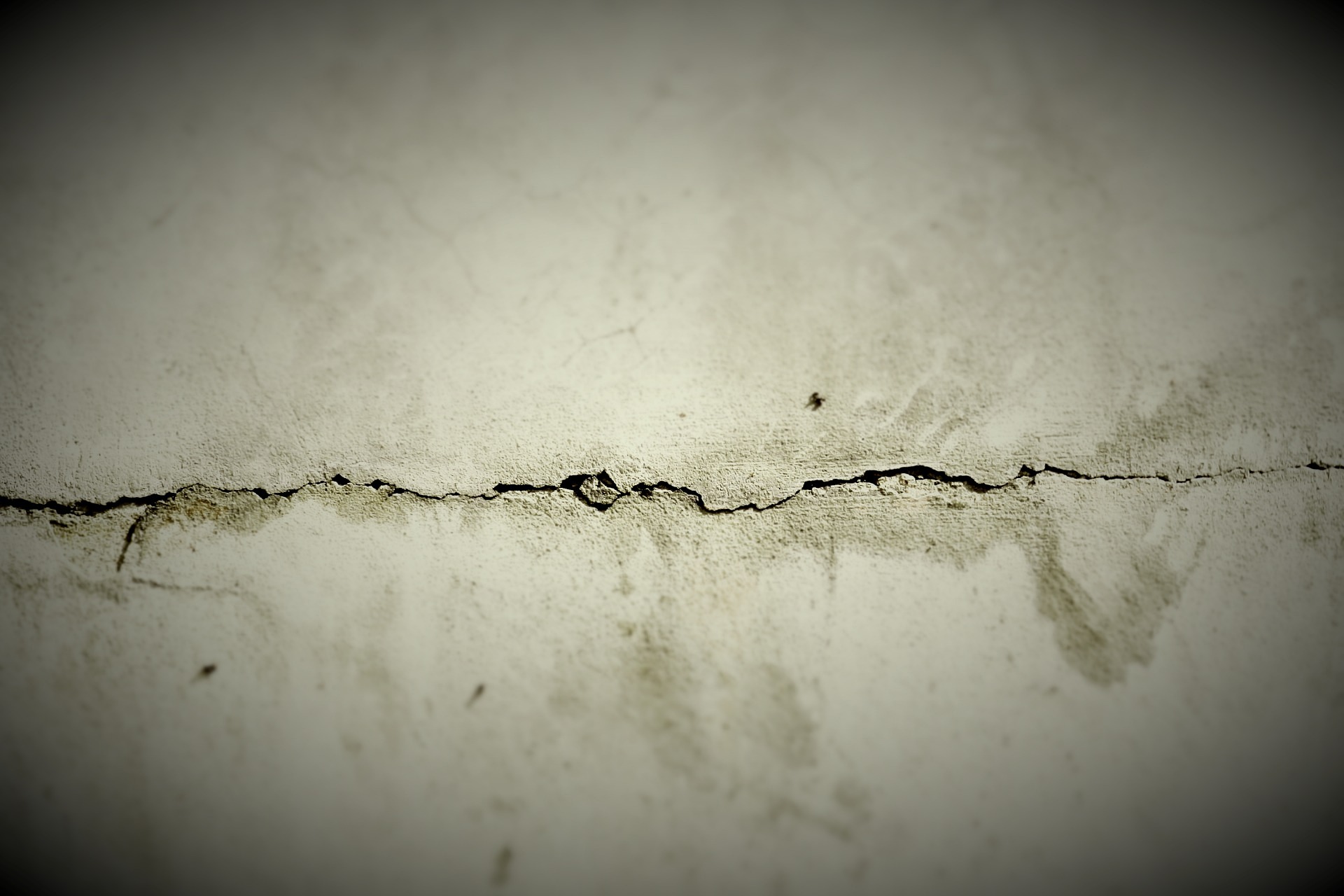What to expect during a property damage assessment and payout
A property damage assessment and payout can feel technical and procedural. Understanding how adjusters evaluate property, which documentation matters, and how valuation and deductible rules affect the settlement will help you set realistic expectations. This overview explains key stages of a claim, the common terms used, and practical steps to protect assets and coverage.

How does property valuation work?
Valuation is the starting point for any payout. Adjusters compare pre-loss condition and market replacement costs to determine a property’s value. Methods can include replacement cost (what it takes to rebuild or repair), actual cash value (replacement cost minus depreciation), or agreed value in specific policies. For commercial assets, valuation may consider business interruption and equipment depreciation. Expect the assessor to inspect structural damage, note materials and finishes, and record measurements. Accurate valuation affects the final payout, the premium you may pay on renewal, and how underwriting views future risk.
What documentation supports claims?
Documentation is critical when filing claims. Gather photos and videos of damage, receipts for repairs and purchases, police or incident reports, warranties, and proof of ownership for valuable items. An inventory list that records descriptions, serial numbers, purchase dates, and approximate values speeds appraisal and reduces disputes. Detailed documentation helps underwriters verify coverage and liability limits and supports valuation. If local services or contractors assess immediate mitigation, keep their invoices. Clear documentation also shortens processing time by providing a factual basis for adjusters and appraisers to determine appropriate coverage and payout amounts.
How is the deductible applied to payouts?
A deductible is the portion of loss you agree to bear before the insurer pays. Deductibles can be flat amounts or percentage-based, depending on the policy and the type of risk. When an assessor calculates total covered loss, the deductible is subtracted from the insured portion of the valuation. For example, a high deductible lowers premium costs but increases out-of-pocket expense at payout. Understanding your deductible structure—per-claim, per-event, or per-item—is important for predicting cash flow after a loss and deciding whether to submit smaller claims or absorb minor damage yourself.
How do liability and coverage affect results?
Liability and coverage language in the policy determine what losses are eligible and who is responsible for damages to third parties. Liability coverage addresses claims where you are legally responsible for injury or property damage to others; property coverage addresses loss to your assets. Exclusions, sublimits, and endorsements change payouts—flood, earthquake, or wear-and-tear exclusions are common. During assessment, adjusters check whether the incident falls inside coverage boundaries and whether policy limits or liability caps apply. That assessment guides whether the insurer pays, denies, or negotiates a settlement.
What role do inventory and appraisal play?
Inventory and appraisal provide the factual basis for claims involving personal or business assets. A pre-loss inventory helps establish ownership and value quickly. Professional appraisals may be required for antiques, art, or specialized equipment; these assessments support replacement cost or agreed value determinations. During the claims process, independent or insurer-assigned appraisers may inspect items and compare them with invoices or market data. Accurate inventories and timely appraisals reduce disputes, support quicker payouts, and help underwriters and risk managers adjust coverage to reflect true asset exposure.
How do mitigation and underwriting affect risk and payout?
Mitigation refers to actions you or contractors take to limit further loss—covering openings, stopping leaks, or placing temporary supports. Document mitigation work with photos and receipts because insurers often require evidence that you acted to reduce ongoing damage. Underwriting evaluates the incident and your history to measure future risk; extensive claims may affect future premium or coverage terms. Cooperating with mitigation and providing clear documentation can preserve payout amounts and demonstrate responsible risk management, which may influence underwriting decisions and long-term premium adjustments.
Conclusion
A property damage assessment and payout involve several linked steps: valuation, documentation, deductible application, appraisal, and decisions about liability and coverage. Preparing a thorough inventory, documenting damage and mitigation, and understanding your policy’s valuation method and deductible structure will help you navigate the process more effectively. Clear records and timely cooperation with adjusters and appraisers improve the likelihood of a fair, timely settlement while informing how underwriting and premiums may change afterward.




